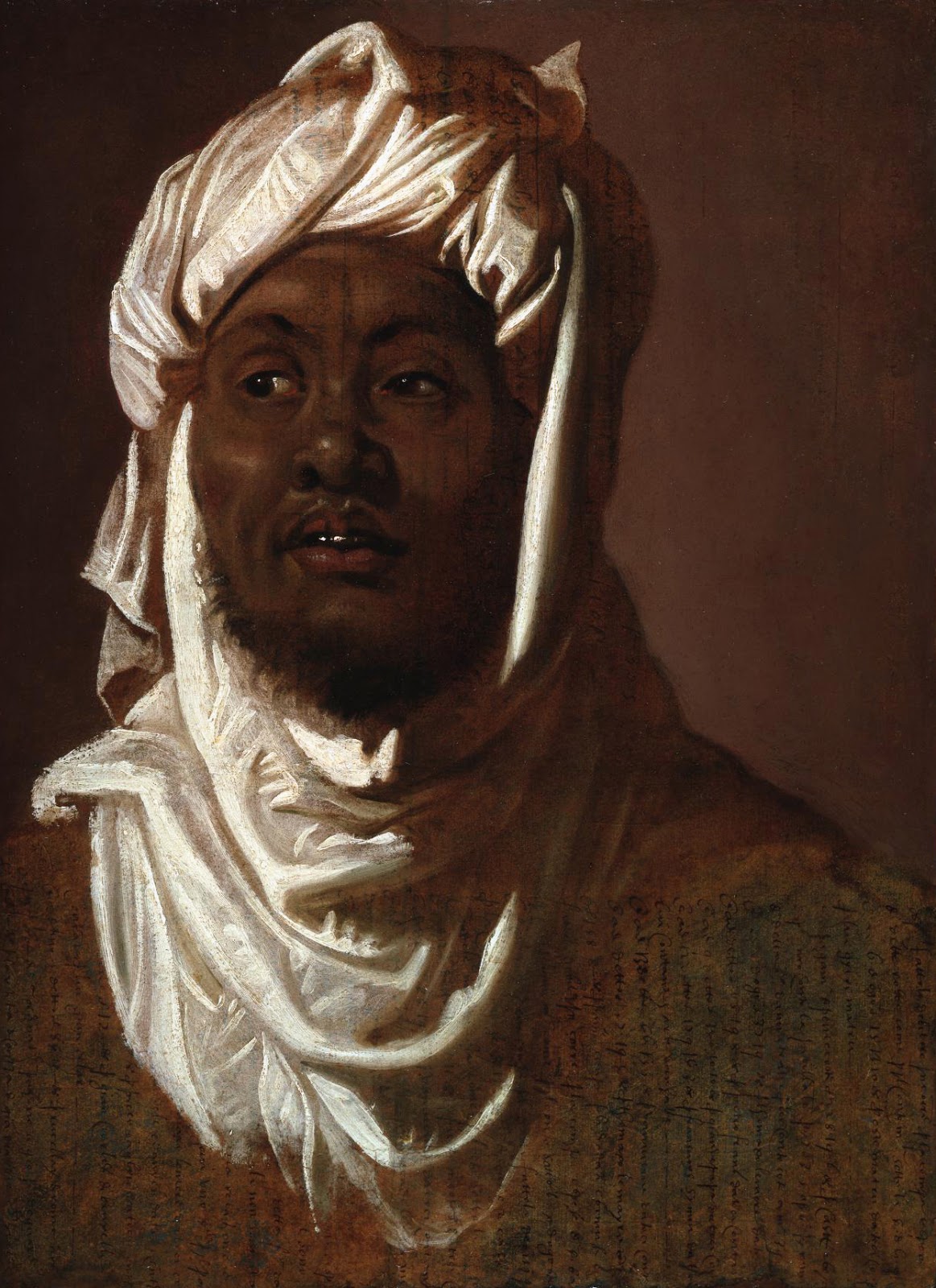Britain
has granted an export license for
Peter Paul Rubens' Head of an African Man in a Turban (1609), an oil sketch on paper sought by the Getty Museum. It is one of the 16 drawings in the group acquisition announced last summer. Three of the works required export licenses. Of them the Rubens, widely exhibited and reproduced, is the most important. British law gives domestic buyers the opportunity to match the export price (the Getty paid $10 million), but none came forward.
Created in oil on ledger paper, and mounted on a wood panel, Rubens' sketch was a study for one of the wise men in the Prado's monumental
Adoration of the Magi.
 |
| Peter Paul Rubens, Adoration of the Magi, 1609 and later reworked (Prado) |
Such pictures play up the exotic aspects of the magi. But the Getty sketch has a sense of observed reality that sets it apart. Not without reason did the U.K. Reviewing Committee's
Aidan Weston-Lewis compare Head of an African Man to one of America's signature European paintings: "With the portrait of Juan de Pareja by Velázquez in the Metropolitan Museum in New York—which was exported from the UK in 1971 amid much controversy—it is also the most positive and dignified representation of a black person in 17th-century European art."
 |
| Diego Velázquez, Portrait of Juan de Pareja, 1648 (Metropolitan Museum of Art) |
The Getty sketch more directly relates to a Rubens painting in the Boston Museum of Fine Arts, the portrait of
Mulay Ahmad (c. 1609).
 |
| Peter Paul Rubens, Mulay Ahmad, c. 1609 (Boston Museum of Fine Arts) |
Mulay Ahmad was a 16th-century Tunisian king, so Rubens wouldn't have met him. The Boston picture must be a free copy of a lost portrait by Jan Cornelisz Vermeyen, known from a print. But there is a resemblance to the Getty life study as well.
 |
| Jan Cornelis Vermeyen, Portrait of Mulay Ahmad, c. 1535–36 |
The Getty has also been granted export for John Martin's
The Destruction of the Pharoah's Host (1836)
, a finished watercolor with oil paint purchased from the same seller (evidently Luca Padulli). There is a Getty family connection too. The Martin was
"probably" owned by L.A.-born J. Paul Getty Jr., a staunch supporter of the National Gallery whose contributions ironically helped foil Getty Museum bids to acquire Canova's
Three Graces and Raphael's
Madonna of the Pinks. At Getty Jr.'s 2003 death the Martin passed to an unnamed heir. (Jr. had five children, including the tragic J. Paul Getty III.)
Destruction of the Pharoah's Host was
sold at Christies in 2012 for $1.19 million.
 |
| John Martin, The Destruction of the Pharoah's Host, 1836 |






Comments